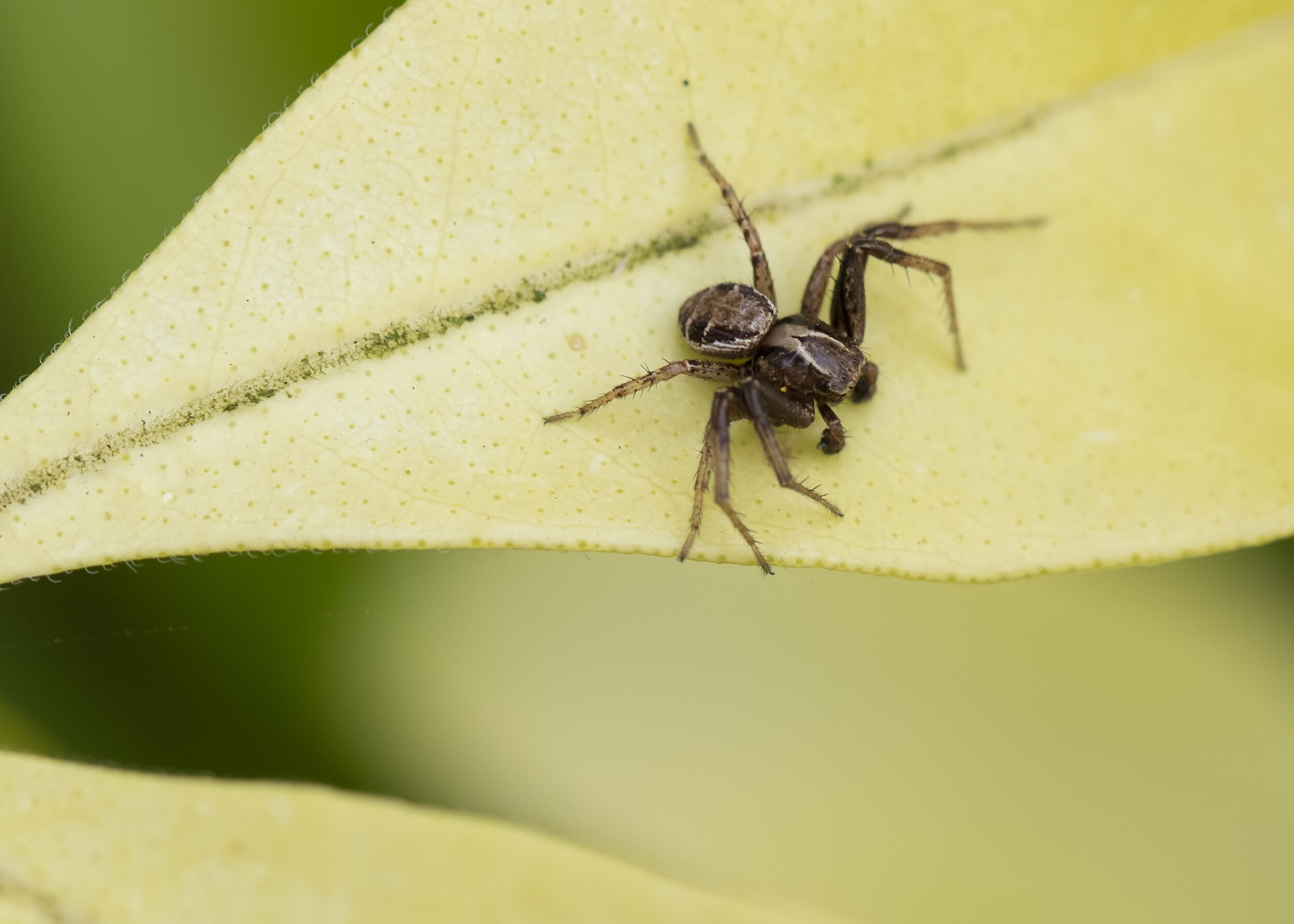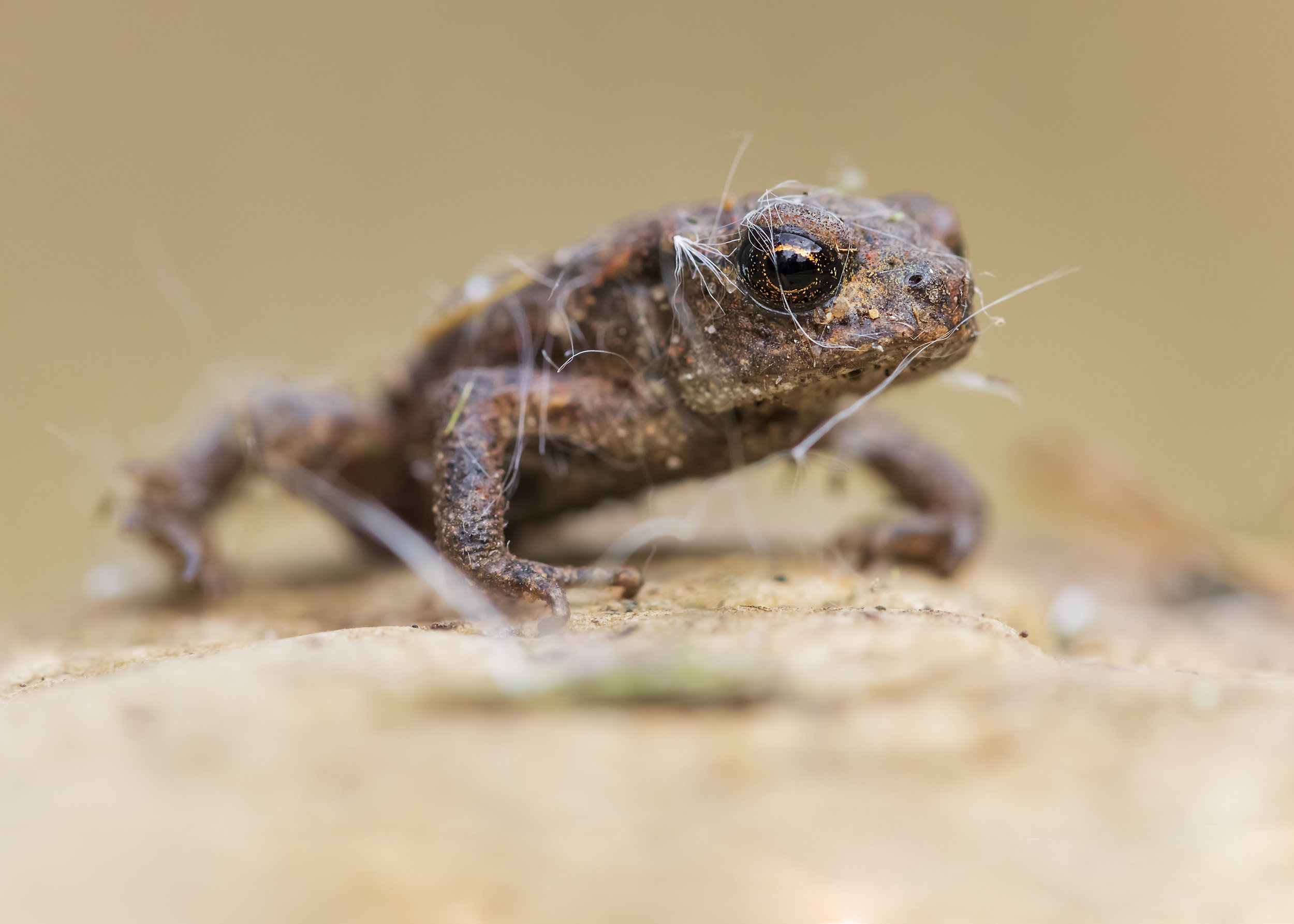Garden
Those that are friends with me on Facebook will know that I haven’t been well for the past 2 weeks with Covid symptoms. I still haven’t been tested but the Doctor was convinced I had Covid-19 as I was very ill and all symptoms were textbook, with Fever, body pain, kidney problems, migraines and of course, a terrible dry cough. To cut a long and painful story short, I am so much better now, thanks to the wonders of modern medicine. Whilst doctors say antibiotics don’t work for viruses, the hospital said that Doxycycline has been responding well with covid-19 and a strong dose certainly seemed to help me as I usually struggle with chest infections anyway. Never have I experienced such a fever before, shaking all night long with temps between 37.5-38.8. Please be prepared, the shortness of breath is no joke, it was quite a frightening experience, but I got thru it! We’ve followed all guidelines set out by the government RE self-isolation and thanks to loved ones we’ve been well looked after. Happy to report I’m back on form, as you’ll tell by the number of bugs I found in the Garden these last two days. I’ve done my best to ID them but naturally have to run them by Liam Olds and Mike Kilner to be sure. This time last year I was totally new to Bee’s so was happy to ID quite a few in the Garden, which proves I’m learning. Just add a few species to your list each year and you’ll be surprised how quickly you can pick these up.
Forest of Dean
Whilst I’ve had time on my hands, I had a look thru some old files from earlier on in the spring. I spent a lot of time in the Forest of Dean in search of drummer Lesser Spotted Woodpeckers to add to my sound recording catalogue and even though I failed, I did find some characters along the way. Wild Boar are incredible creatures, so intelligent and play such a vital role in the forest. They truly belong in the Forest of Dean and I couldn’t imagine them not being there. Just seeing the habitat they’ve created in some of the dense forestry is enough to make you realise their importance. Watching the humbugs playing, feeding and sleeping is a joyous experience that I’ll carry with me forever. As the light faded she gathered nesting material for the night and the little humbugs joined in! bringing small piles of bracken over, even if it was in the wrong place. They really do learn from a very young age. Below the photos I have a short sound recording of the humbugs begging mother for a feed, much to her disapproval.
Nocmig
I stopped recording overnight during my ill period but I’ve just started back up, and this time sporting my shotgun microphone as I wanted to be able to capture the rarer species with a little more clarity to share with you. For recording purposes you really don’t need anything expensive, just a handheld recorder will do the trick, but the files aren’t that pleasing to listen to, as you’ll know from my last blogs.
Over the last couple of days, I’ve added a few new species to the Garden list, with Common Sandpiper, Little Ringed Plover and Golden Plover being my favourite so far. I’ve added one more Water Rail too, this time a little closer to the mic. The recordings will still sound quiet, but they’re perfectly viewable on the spectrograph which is all you really need to ID them.
Listening back to some without decent headphones on, you may not even hear them, but they are there.
There isn’t a whole lot of resources online to ID nocturnal flight calls but that is changing as time goes on and more people are starting to join in. It’s a great way to kill a few hours in the morning and I’ve learned so much already. I mean who would have thought I would get Oystercatcher, Common Scoter, Golden Plover, Water Rail, Curlew and Little Ringed Plover over Sebastopol! Every single night I get Moorhen, Coot and plenty of unknown wing beats that I need to ID, but it’s possible to even Id those if you study them hard enough. I’ve also learned more about Tawny Owls in this process and how many different sounds they actually make. I’ve lost track of the amounts of times I’ve heard this call:
I thought this call was unique to my local tawny, as I have recorded a Tawny here before that sounded like it had some vocal trouble. You might remember from last year? Here’s a reminder below. Turns out though that this call is just a contact call, and this was proven to me by Craig Constance who also picked up the same type of call from his local Tawny Owl last night.
All in all, I’m starting to enjoy this nocturnal migration recording. Not only is it giving me something to do during this period of isolation but I’m learning something new every day. I’ll leave you with a picture from 2017 of an unforgettable experience with three juvenile Ospreys, one of which was born in Scotland and the other two who’s origin will remain a mystery due to no rings. I worked at Llandegfedd at the time so learned their every move, from favoured feeding perches, roost perches and their general routine. I’ve been recording Osprey movements at Llandegfedd for over 10 years, as you’ll see in past blogs. I’ve accumulated quite a list of ringed birds, most of which have been from Scotland. I continue to play an active role with ongoing communications with Welsh Water so we can one day erect a nesting platform once a suitable location is found. This year should be a great year for our Ospreys as the lockdown ensures our large lakes have less disturbance from tourism and boat activity. The same will apply to many shy breeders.
















































